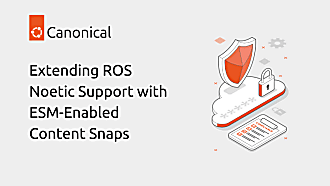Sarah Dickinson
on 26 October 2017
Thinger.io is a Spanish start up founded in 2015 who aim to enable any developer or organisation to develop IoT applications across a range of sectors, with examples including smart cities, Industry 4.0 and energy monitoring. Thinger.io has already grown to have 10,000 registered users of their platform but with such growing demand, they needed a quicker way to deliver their systems and applications. With a philosophy of using flexible and open technologies, Thinger.io discovered snaps as their ideal solution. Using Snapcraft.io for building snaps has decreased their development time dramatically and streamlined the time taken to release new packages.
“Building the Thinger.io packages with Snapcraft was very straightforward. We could easily define the file describing our software, version, target architecture, application entry, and building dependencies, and point the tool to our CMake folder. We were amazed that within a single file the tool so efficiently handled compiling dependencies and the creation of the whole IoT system, letting us bring our own users higher flexibility and speed of deployment” commented Alvaro Luis Bustamante, CEO and Founder of Thinger.io.
Learn more about Thinger.io, how they built and deployed snaps by downloading the case study below.
Highlights
- The Thinger.io. platform enables rapid, full-feature third-party development of all types of vertical IoT applications
- Enables users, developers, and organisations to save time and effort in deploying their own IoT solutions
- Using Snapcraft, Thinger.io can quickly and regularly release its software as snap and Ubuntu Core images, improving the user experience



